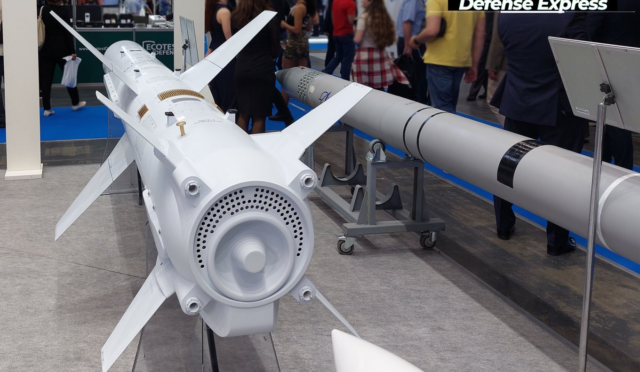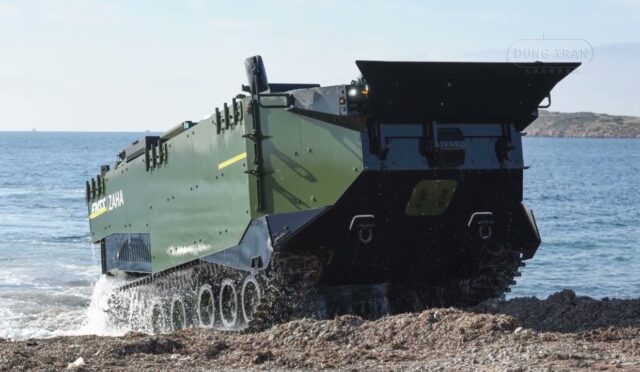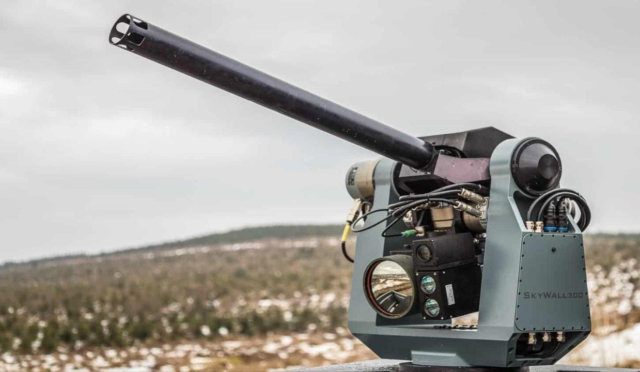U.S. Military Logistics: Addressing Key Challenges Ahead
**Concerns have been raised about the significant logistical gaps within the U.S. military’s capacity to sustain operations, particularly in the increasingly volatile Pacific theater. The head of the U.S. Indo-Pacific Command recently testified before Congress, shedding light on these pressing issues. This includes the recent transfer of a Patriot missile battalion from South Korea to the Middle East, a logistical maneuver that necessitated a staggering 73 flights. Such operations highlight the strain on U.S. military transport capabilities during times of heightened conflict, especially in regions that demand extensive air and maritime logistics.**
The Commander emphasized the importance of addressing these transportation needs, stating that sustainability was a crucial factor in winning the Second World War. He also pointed to significant challenges in maritime transport, revealing that the U.S. Combat Logistics Force currently meets only about 60% of necessary requirements. While efforts are being made to supplement this shortfall by renting additional tankers, there remains a critical reliance on military vessels, particularly in high-risk areas, as 17 vessels are currently on standby due to personnel shortages.
Middle East Military Buildup
In response to escalating tensions, the U.S. is engaged in a substantial military buildup in the Middle East. Recently, Secretary of Defense Pete Hegseth ordered the USS Carl Vinson, a Nimitz-class aircraft carrier, to deploy from the Indo-Pacific region to the Middle East, while the deployment of the USS Harry S. Truman has also been extended. This strategic repositioning is complemented by the deployment of multiple fuel tankers, transport aircraft, and B-2 bombers based in Diego Garcia, a British colony, which are capable of conducting precise strikes against advanced air defense systems.
While initial expectations suggested that this mobilization aimed to intensify operations against Yemen’s Houthi militias, intelligence indicates that the focus may now shift towards countering Iran, a key backer of the Houthis. Former President Trump previously issued an ultimatum for Iran to negotiate its nuclear program, warning of unprecedented military action should no agreement be reached. The ongoing operations in Yemen have once again highlighted the resource constraints faced by the U.S. Army, as reports reveal the extensive use of costly munitions since mid-March, including JASSMs and Tomahawk missiles. Given these circumstances, Admiral James Kilby raised concerns over the Navy’s ammunition reserves, stressing the urgent need for investment in the U.S. ammunition industrial base to prepare for prolonged engagements.
Logistical Constraints Under Scrutiny
As logistical challenges intensify amid global crises, the U.S. Army increasingly faces scrutiny over its inadequate investment in key operational areas. The current state of military logistics is compounded by the reality that these deficiencies are becoming increasingly evident, even without the pressure of active warfare. A question remains regarding whether sufficient funding will be allocated to rectify these logistical shortcomings.
The potential deployment of Patriot air defense systems from South Korea to the Middle East illustrates the ongoing strain on military resources. This shift raises concerns about the Army’s ability to effectively respond to multiple threats concurrently, emphasizing a critical need for improved logistics that can adapt to the demands of modern warfare.







